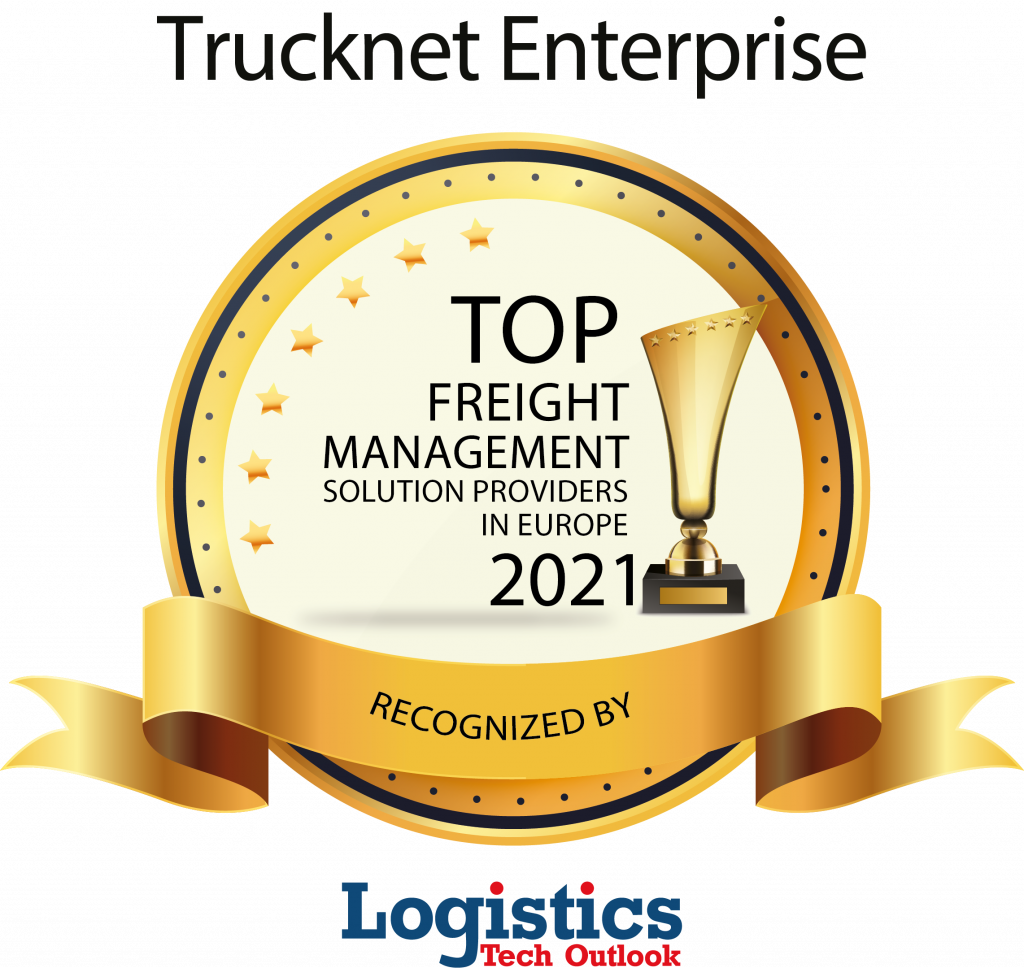Energy Conservation vs Alternative energy : a look at GHG emissions reduction in the transport sector
One of the main topics on the agenda is mitigation, including reduction measures in the transport sector, which is responsible for about a quarter of the world’s greenhouse gas (GHG) emissions.
‘EU Transport Day’ will be held at COP28 on 10 December, where the European Union will present its policies and actions to decarbonize transport and promote sustainable mobility.[1] Looking at previous EU COP events, we can assume that the program will cover topics such as:
- The Green Deal[2] (the EU’s plan to become carbon neutral by 2050) and its implications for transport
- A strategy for smart and sustainable mobility
- Initiatives to support green transport innovation and investment
- Regional cooperation on transport decarbonization
- A vision for the future of transport in a net zero world.
At last year’s COP27 in Egypt, the connection between technology, transport, and sustainability was highlighted, among others, by several initiatives and discussions for example:
- Transport Action Event, which focused on the challenges and opportunities for transitioning to sustainable, low carbon transport in various sectors and regions .[3]
- The Green Shipping Challenge is a global initiative to promote low-carbon and zero-emission shipping, launched by the United States and Norway at COP27 as part of Green Transport Initiative. It invites various stakeholders in the shipping sector to make concrete announcements on how they will reduce greenhouse gas emissions and align with the Paris Agreement.[4]
The Race to Zero campaign for building momentum around the shift to a decarbonized (net zero emissions) economy by 2050 received support.[5] The importance of developing sustainable transportation technologies for transitioning to a low carbon economy is evident and will contribute to improved air quality as well as to a higher standard of living in cities. Countries are encouraged to submit long-term low emissions strategies for achieving their Paris Agreement in order to ensure successful implementation.
Global emissions from the transport sector have been on the rise during the past decade, as opposed to energy-related emissions. During the COVID-19 pandemic, we saw a temporary reduction in total GHG emissions, including for transport. The GHG emissions from the transport sector have varied in the period of 2010-2023, mainly due to the impacts of the COVID-19 pandemic. Let’s check the statistic of GHG emissions coming from the transportation sector for the past decade. According to the International Energy Agency (IEA), the global CO2 emissions from transport were:
- About 7.5 Gt in 2010
- About 8.2 Gt in 2019
- About 6.4 Gt in 2020, a 23% drop from 2019 due to lockdowns and travel restrictions
- About 7.7 Gt in 2021, a 21% increase from 2020 as mobility recovered
- About 8 Gt in 2022, a 3% increase from 2021 as air travel rebounded
The IEA (International Energy Agency) informs that the transport sector is not on track for achieving Paris Agreement targets and warns that more ambitious action and increased innovation is essential for reducing emissions.[6]
Regulations and policies in EU
Heavy duty vehicles are responsible for about 25% of CO2 emissions from road transport and about 6% of total emissions in the EU.[7] The European Commission has determined measures to reduce the environmental impact from the sector such as:
- Setting emission performance standards for new heavy-duty vehicles, which require manufacturers to reduce the average CO2 emissions of their fleet by 15% by 2025 and by 30% by 2030, compared to 2019 levels.
- The standards will be reviewed in 2023 and expanded to smaller trucks, city buses, long-distance buses and trailers.[8]
- Supporting the deployment of alternative fuels and infrastructure for heavy-duty vehicles ( electricity, hydrogen, natural gas).
- Allocating€24 billion for transport projects under the Connecting Europe Facility (CEF), a fund for infrastructure investments in transport (refueling stations, innovation projects), among others.[9]
- Promoting the modal shift from road to rail and marine transport, which are more energy-efficient and less polluting.
- Adopting a strategy for smart and sustainable mobility, which aims to increase the share of rail freight to 30% by 2030 and to 50% by 2050.
We still have a long way to go for achieving sustainable transport. Long-term strategies are essential for transitioning to alternative energy sources and additional solutions for energy efficiency and optimization must be found.
Some of our suggestions for reducing GHG emissions in the transportation sector include:
Energy Efficiency & Optimization: Focus on implementing smart strategies for improving efficiency of logistics operations. Some examples include optimization of route planning and delivery, improving operations of warehouses and logistics centers, establishing energy management systems (for optimizing supply chains). The issue with the electric is also based on charging stations’ capacities and battery sizes.
Policy and Regulations: Formulate policies and concrete measures for providing incentives for green technologies, determining energy efficiency standards for vehicles, building infrastructure adapted to climate risks, reducing traffic congestion and pollution through regulations and more.
Collaboration: Support collaboration among various stakeholders from government, industry, civil society and academic/research institutions.
Tracking : Establish clear metrics for tracking progress of the implementation of sustainable logistics and transportation measures. Important information/statistics could come from data on the percentage of vehicles using alternative energy in cities, energy intensity per unit of freight transported, carbon emissions and more.
Eliminating Empty Miles. Eliminating empty miles can have significant benefits for both the environment and the economy, as it can lower costs, improve efficiency, and enhance sustainability in the transportation sector. Read more here.
The logistics and transportation industry is vital for the global economy, as it delivers essential goods and services, connects different sectors and increases access to markets and trade. However, the industry also faces many challenges such as rising fuel prices, driver shortages, problems in the ports, etc.
In today’s era of digitization/digitalization and sustainability there are several opportunities available for promoting efficiency and reducing emissions. The COVID 19 pandemic exposed the weaknesses of global supply chains. It highlighted the urgent need for technology, digitization, and connectivity in the logistics sector, as well as building resilience to climate risks.
The issue of empty miles (mileage that is accumulated while driving an empty container, not earning revenue) remains a central problem for the logistics industry. These wasteful and polluting miles could be decreased through data sharing and collaboration across the supply chain. The transport sector must digitize/digitalize its services and processes: from driver to end client, from ship to truck and warehouse and integrate all stages in the complex ecosystem.
The transport sector is seeing a rapid uptake of artificial intelligence (AI), business intelligence (BI) and machine learning (ML) for optimization of supply chain operations leading to smart and efficient matches between cargo and trucks. Sharing reliable data (across the ecosystem) enables carrying out analyses for future planning of freight operations, which leads to a decrease of delivery delays. It should be noted that the EU Green Deal aims for a 90% reduction in transport emissions by 2050.
This can also help solve the shortage of drivers, which can be eased by improving optimization and reducing times. The sector needs to change its way of thinking and be willing to share data, which can benefit not only the optimization process but also the Green Deal goals of achieving net zero emissions by 2050.
Digitalization and automation in logistics creates visibility and more accurate monitoring thereby improving safety and security for drivers, cargo, and clients. The integration of digital capabilities is essential for achieving optimization.
Cybersecurity challenges faced by the transport and logistics industry can be found in the need for remote access to data and systems, therefore powerful technologies and appropriate standards are necessary. Improved digital collaboration and other information-sharing practices will result in efficiency gains, more resilient supply chains and lower emissions.
List of resources:
[1] https://www.cop28.com/en/, https://www.snclavalin.com/en/beyond-engineering/lessons-from-the-pandemic-on-the-way-to-cop28, https://transport.ec.europa.eu/eu-transport-day-cop28_e
[2] The Green Deal is a package of policy initiatives by the European Union that aims to make the EU climate-neutral by 2050 and to support the transformation of the EU into a fair and prosperous society with a modern and competitive economy. It covers various areas such as energy, transport, agriculture, biodiversity, and industry.
[3] https://blogs.worldbank.org/transport/top-four-transport-issues-address-cop27
[4] Read more on this subject https://greenshippingchallenge.org/
[5] https://www.bjonnh.net/publication/2021_lotus/
[6] https://www.iea.org/energy-system/transport
[7] https://www.eea.europa.eu/publications/transport-and-environment-report-2021
[9] https://www.eea.europa.eu/publications/co2-emissions-of-new-heavy
“The greatest discovery of all time is that a person can change his future by merely changing his attitude.”
-Oprah Winfrey




